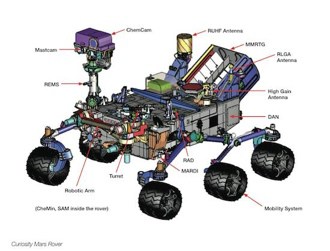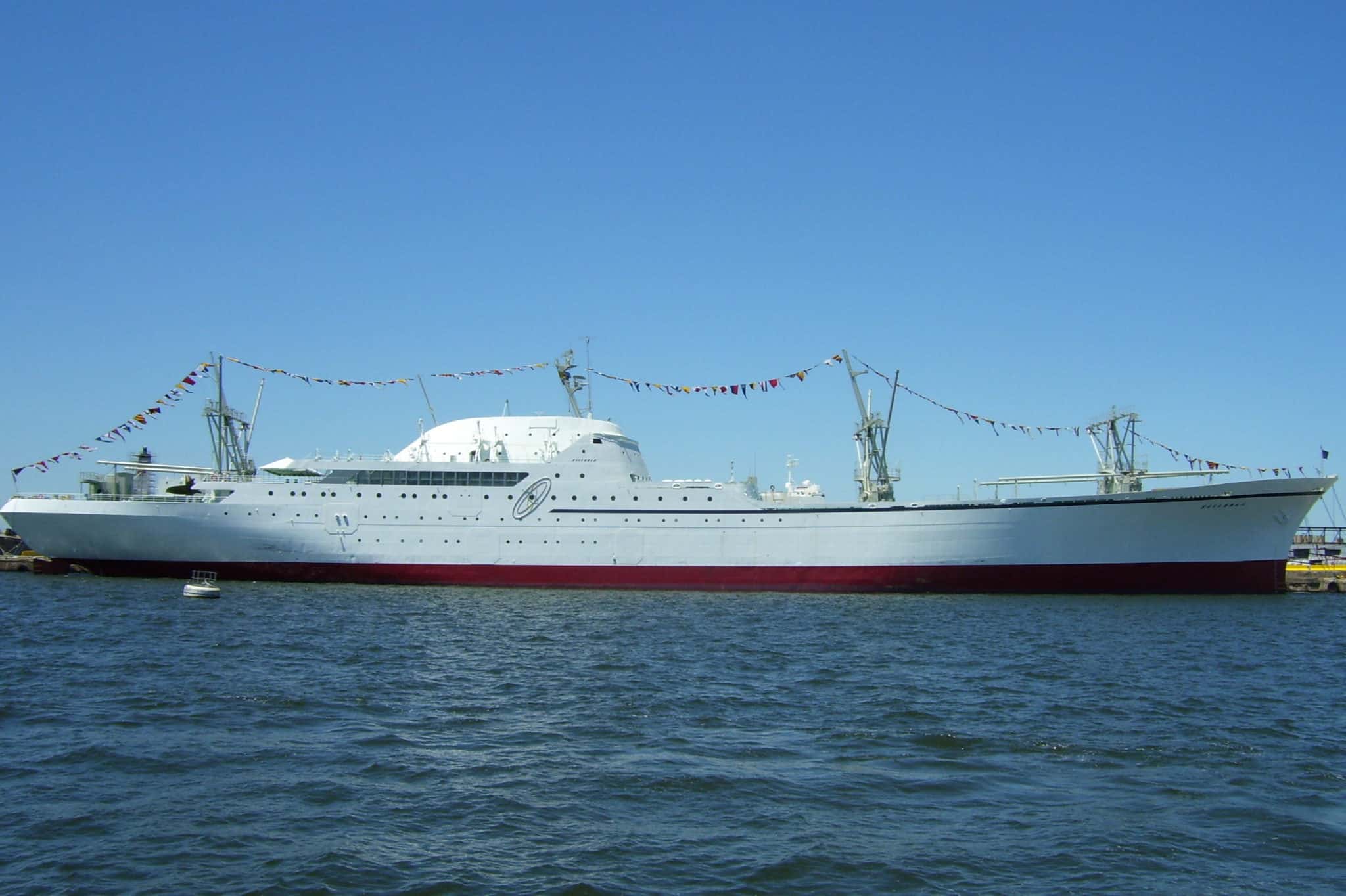What Caused the SL-1 Accident?: Plenty of Blame to Share
The root cause of the accident is well understood. Investigators found the central control rod lying across the top of the reactor vessel. All the other rods were clamped in their fully inserted positions.
(Note from the editor: The following story is conjecture supported by interviews of first hand sources and a careful review of the written history. It is tempered with an understanding of reactor operations and human nature gained during more than six years in supervisory positions in military nuclear power plants. The mystery, however, is more than 30 years old and some clues might have been lost or overlooked.)
Root Cause
The root cause of the accident is well understood. Investigators found the central control rod lying across the top of the reactor vessel. All the other rods were clamped in their fully inserted positions.
Post accident reconstruction of the core’s reactivity condition at the time that the accident happened indicate that withdrawal of the central control rod to 40.6 cm (16.7 in) would cause SL-1 to go critical and withdrawal to 50.8 cm (20 in) would cause a prompt criticality and a severe power excursion.
There was conclusive evidence eliminating the possibility of an explosive charge which could have ejected just the central rod. The drive mechanisms were not capable of moving the rods fast enough to cause a severe transient.
The conclusion of the investigators was that the central rod was manually lifted by one of the technicians on duty.
Why was the Rod Lifted?
There are several possible explanations for why the rod was lifted out of the core. The one that has been repeated most often, possibly because it appeals to the sensational appetites of newspaper readers and writers, is that one of the operators decided to use the reactor as a very novel murder/suicide weapon.
This explanation seems to have been subtly encouraged by the official investigators, possibly because the people who designed and approved the plant could not be held responsible for the actions of an unstable operator.
A second possibility is that the operators had some difficulty moving the rod during an ordered operation, and when it finally moved it moved much farther than expected. A third possibility is that the the operators had decided to do some preventative maintenance while they had the rod separated from its drive mechanism.
Murder/Suicide?
In order for one to believe the murder/suicide theory, one has to make a few assumptions. One assumption is that the operators on duty were aware that removal of a single rod could cause a prompt critical condition.
Since the reactivity condition of a core requires a rather sophisticated calculation, and since operators are normally trained how to make that calculation for only expected operating conditions, it is unlikely that the assigned operators (all of whom were technicians, not engineers or scientists) would know that simply removing one of the rods would cause an explosive condition sufficient to kill people.
Without knowing that the reactor could explode, it is unlikely that a military man would attempt an action that would certainly result in severe disciplinary action and peer censure in order to perform a task that would be more likely to be successful with a gun.
Additionally, one would have to assume that an operator could position himself in such a way as to get ready to rapidly lift a five meter long control rod assembly approximately 50 cm (20 in) without the other operators questioning his actions.
The top of the rod had no convenient grip, so the operator would have to position his hands one on top of another. Nukes have always been trained to work in pairs and to question actions that they do not understand. Such an action would probably have been questioned in time to prevent the accident.
Sticking During Planned Operation?
The men on duty during the accident had been assigned the job of reattaching the five control rods to their drive assemblies. The mechanisms had been removed earlier in the day to allow the insertion of some special test equipment into the core.
The reattachment procedure available to the operators is almost unbelievable from the viewpoint of someone trained in nuclear maintenance in the 1980s and 1990s. “Assembly of the rod drive mechanism, replacement of concrete blocks and installations of motor and clutch assembly are the reverse of disassembly. . .” [Thompson p. 661] It is especially incredible considering the fact that the people who were reattaching the rods were not the ones who detached them.
Part of what needed to be done included manually lifting each rod about 10 cm (4 in) to allow the attachment of a C-clamp to hold the rod while the operator attached a nut and washer. It is possible for an operator to overshoot this distance especially if the rod did not move freely.
It is a bit unlikely that a technician would move something 50 cm when he was shooting for 10 cm, but it is not beyond comprehension. The difference, though a factor of five, is only about an arm’s length, which could happen if the rod was sticky and suddenly released.
Post accident analysis, however, appears to indicate that this did not happen. The pieces found indicate that the assembly process for the central rod had already progressed to the point where the only thing left to do was to lower the rod back into its fully scrammed position.
Preventative Maintenance?
As unlikely as it might seem to present day nuclear plant operators, SL-1 was being operated even though it was known to have significant problems with sticking rods. A review of the operating logs showed that the rods had exhibited stickiness more than 80 times (about 2 per cent of the times that movements had been attempted) and that they had failed to fall freely during a scram 46 times.
The difficulties seem to have been increasing, with more than 30 occasions of rod sticking during November and December of 1960, the last operational period before the accident occurred. Plans were underway for a core replacement, but in the meantime a temporary fix had been implemented. Here is an entry from the night order book (a set of instructions to operators from the plant superintendent) of December 20, 1960.
“Each shift will perform a complete rod travel exercise at approx. 4 hours after the start of each shift. This rod exercising will be required of each shift until further notice.”
On December 22, a calibration power run was conducted and the night orders instructed operators not to perform the rod exercise evolution during the run. On December 23 the reactor was shut down for the Christmas shutdown.
Rods were dropped into the core to conduct the shutdown and the drop times were recorded in the engineering log. Of the five rods, three of them stuck during the shutdown and had to be driven into the core by the rod drive mechanisms.
The operators on duty on January 3, 1961 would have been well aware of these problems and could have decided to move the rods manually while they were working on them for other reasons. They might have been especially concerned about sticking since the rods had not been exercised for almost two weeks during the shutdown period.
Though present day nuclear plant operators would not consider taking independent action in such a circumstance, things were different during an era when three military technicians, one of whom was a trainee, would be assigned the job of reattaching reactor control rods during a back shift when no one else was on the reactor site.
It appears likely that the reason the central rod of the SL-1 was lifted about 50 cm on the night of January 3, 1961 was that a group of conscientious technicians had decided that exercising the rods might prevent any problems with sticking during the next reactor start-up. They did not forsee the deadly consequences of their action.


